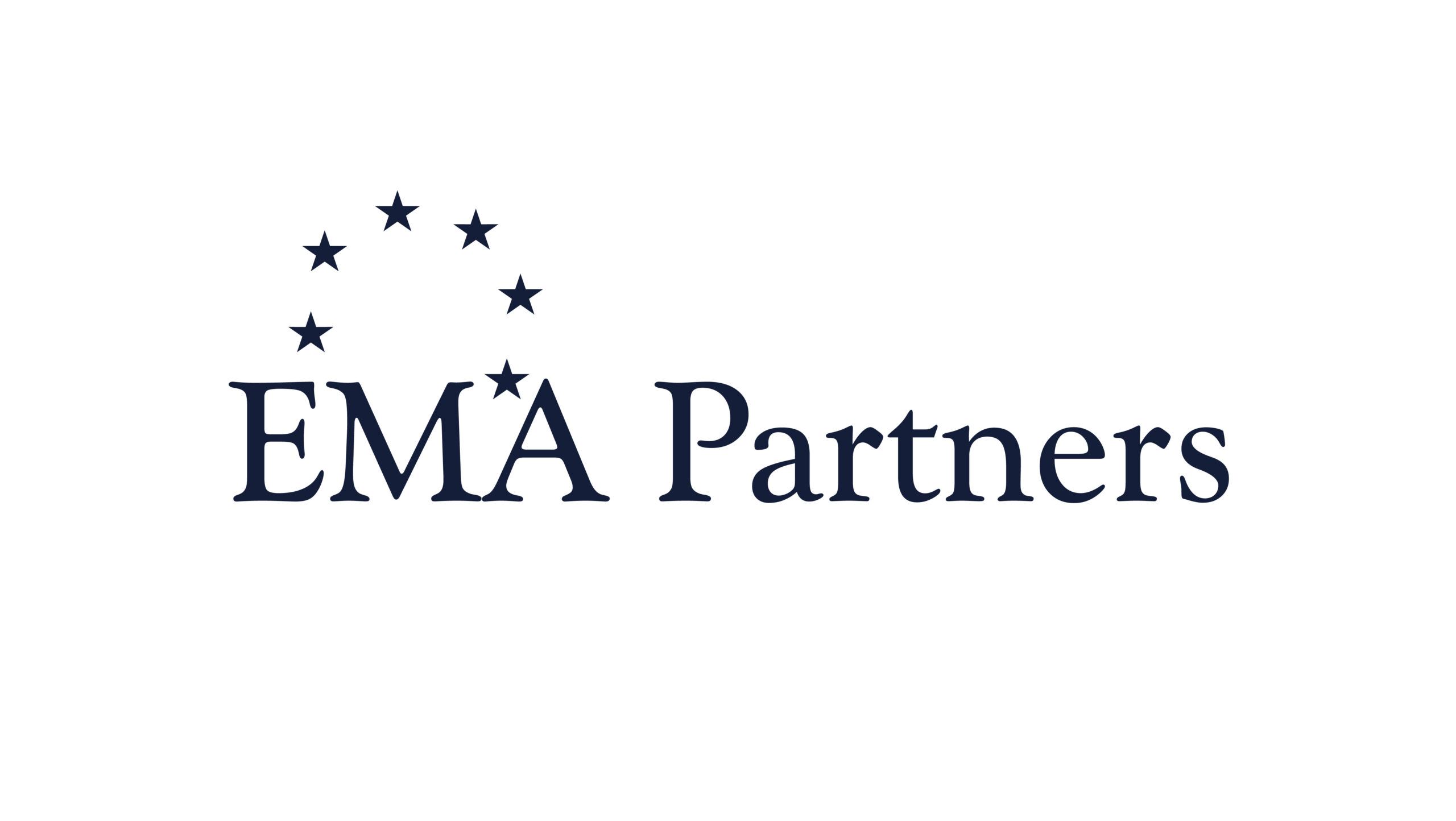In an ever-evolving global business landscape, the role of executives is continuously transforming. Leaders at the helm of organizations are facing unprecedented challenges and opportunities, shaping the way they approach leadership. Understanding the prevailing trends in executive leadership is crucial for organizations aiming to stay ahead in today’s dynamic environment.
1. Embracing Diversity and Inclusion: One of the most prominent trends in executive leadership today is the emphasis on diversity and inclusion (D&I). Companies are increasingly recognizing the value of diverse leadership teams in driving innovation, enhancing decision-making, and fostering a more inclusive corporate culture. Executive boards are actively seeking diverse candidates, including women, ethnic minorities, and individuals from varied backgrounds, to bring fresh perspectives to the table.
2. Agile and Adaptive Leadership: The pace of change in the business world necessitates leaders who are agile and adaptable. Traditional hierarchical structures are giving way to more flexible leadership models that empower executives to respond swiftly to market shifts and disruptions. Agile leaders prioritize collaboration, experimentation, and continuous learning, enabling their organizations to thrive in volatile environments.
3. Digital Transformation and Tech-Savvy Leadership: As digital technologies reshape industries, executives are required to possess a strong understanding of technology and its implications for business strategy. Tech-savvy leaders are leveraging data analytics, artificial intelligence, and other digital tools to drive innovation, streamline operations, and enhance customer experiences. Digital literacy has become a core competency for executives across all sectors.
4. Purpose-Driven Leadership: In an era marked by heightened social and environmental consciousness, stakeholders are holding companies accountable for their impact beyond financial performance. Purpose-driven leadership emphasizes the importance of aligning organizational goals with broader societal values and environmental sustainability. Executives who prioritize purpose over profit are gaining credibility and building stronger connections with employees, customers, and investors.
5. Remote Work and Distributed Leadership: The COVID-19 pandemic has accelerated the adoption of remote work arrangements, leading to a reimagining of traditional leadership paradigms. Executives are learning to lead distributed teams effectively, leveraging digital collaboration tools and fostering a culture of trust and accountability. Remote work has expanded the talent pool for organizations, allowing them to recruit top executives regardless of geographical constraints.
The landscape of executive leadership is undergoing significant transformation, driven by shifts in technology, societal expectations, and business dynamics.
Leaders who embrace diversity, agility, digital innovation, purpose, and remote work are better positioned to navigate today’s complex challenges and drive sustainable growth for their organizations.
As organizations adapt to the evolving executive landscape, it is essential to invest in leadership development programs that cultivate the skills and mindsets needed for success in the 21st century.
By staying attuned to emerging trends and embracing progressive leadership practices, companies can cultivate a culture of innovation and resilience that propels them towards long-term success.
